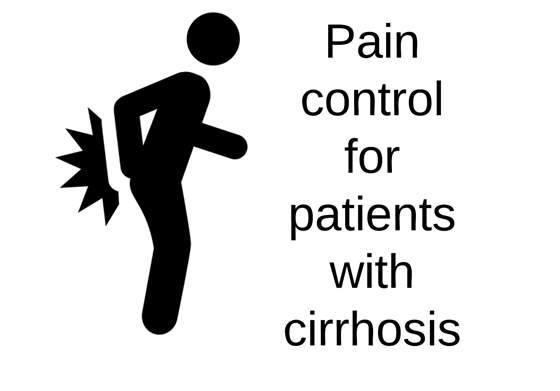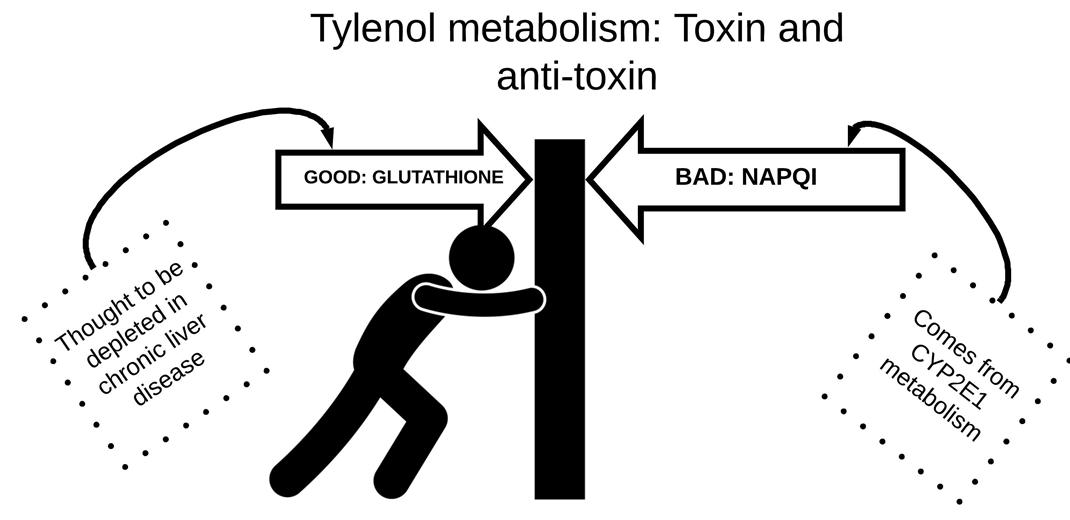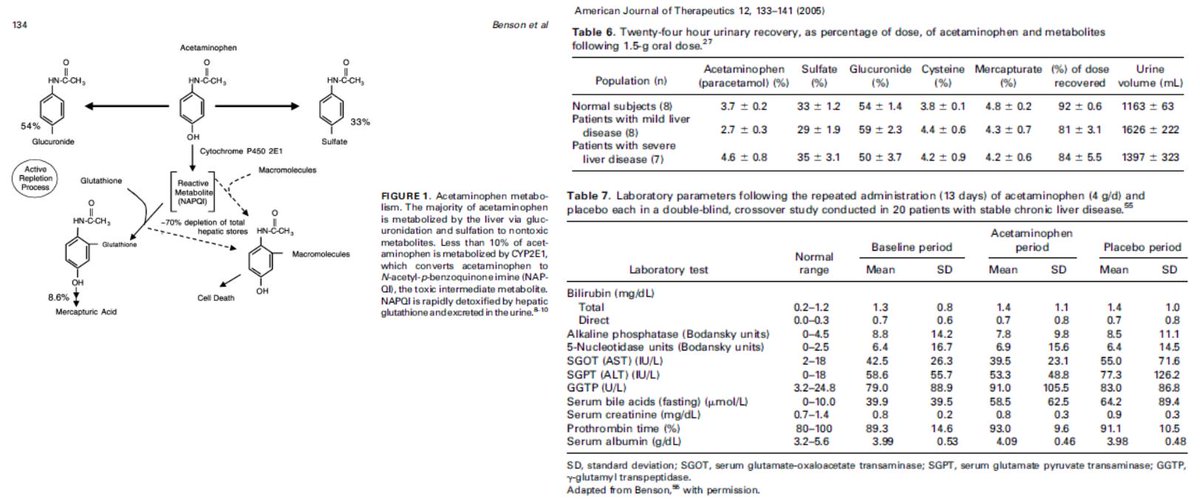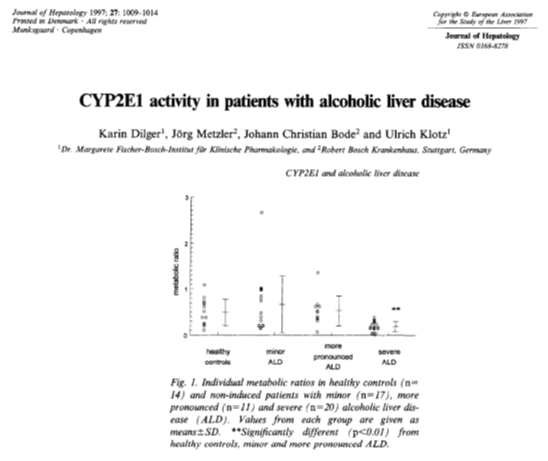My 1st MedEd #tweetorial pairs w/ our appearance on the @thecurbsiders podcast exploring an under-recognized and critically important problem: SARCOPENIA.
-Sarcopenia = loss of muscle mass and function
-Independent risk factor for hospitalization & mortality
-Widely prevalent yet under-recognized, especially w/ obesity
-Treatable w/ strength training & dietary protein, but DOSE matters due to anabolic resistance!



















